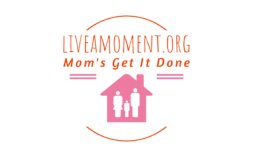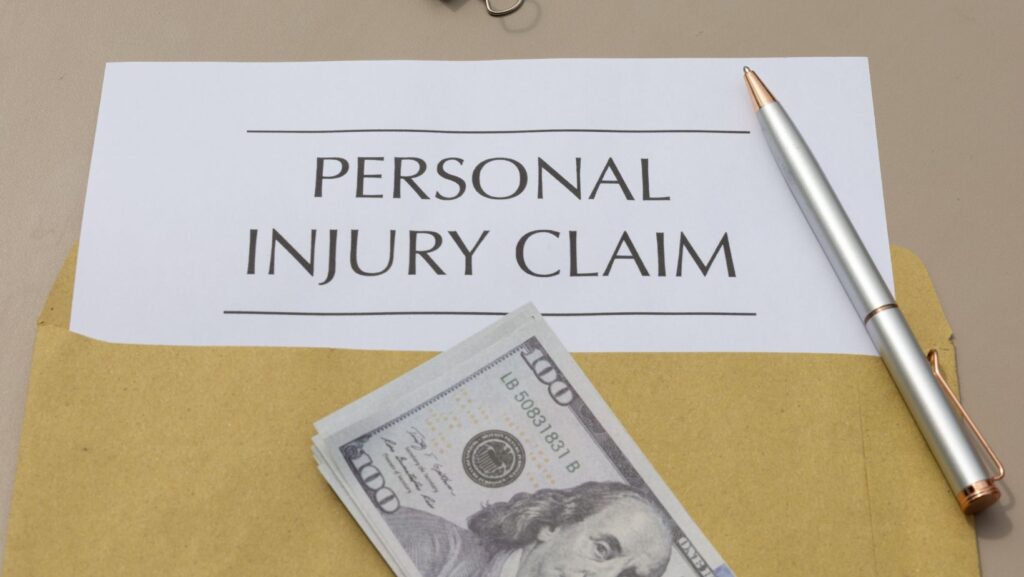After an accident, it’s easy to focus on the physical damage—broken bones, hospital bills, lost wages. But what about the pain that lingers long after the wounds have healed? What about the sleepless nights, the anxiety, the lost joy of daily life? These invisible injuries, collectively known as pain and suffering, often have the deepest impact on victims.
Yet, calculating their value is one of the most complex parts of a personal injury case. Courts and insurers must determine a fair figure for something that can’t be measured in receipts or medical charts. With experienced advocates like Singleton Schreiber Injury Lawyers, victims can ensure their emotional and psychological suffering receives the full recognition—and compensation—it deserves.
Understanding What “Pain and Suffering” Really Means
In personal injury law, pain and suffering refers to the physical discomfort and emotional distress caused by an accident. It goes beyond the tangible costs of recovery to include everything that affects a victim’s quality of life. This might mean chronic pain, disfigurement, depression, post-traumatic stress, or the loss of enjoyment from once-loved activities.
These damages acknowledge that recovery isn’t just physical—it’s personal. The inability to play with your children, return to your career, or live without fear all carry a heavy emotional toll. That’s why the law allows victims to seek compensation that reflects the full spectrum of harm they’ve endured.
The Difference Between Economic and Non-Economic Damages
While economic damages cover measurable losses—like hospital bills and property repairs—non-economic damages address the human experience of suffering. They’re meant to compensate for intangible but very real consequences, such as emotional trauma, pain, humiliation, or permanent lifestyle changes.
These damages don’t have a clear price tag, which makes them both vital and challenging to prove. Strong documentation—therapy records, medical evaluations, and even testimony from friends and family—helps translate emotional hardship into something the legal system can fairly value.
How Attorneys Calculate the Value of Pain and Suffering
There is no universal formula for calculating pain and suffering. However, attorneys often use one of two common methods:
- The Multiplier Method: This approach multiplies the total economic damages (medical bills, lost wages, etc.) by a number typically ranging from 1.5 to 5, depending on the severity of the injury.
- The Per Diem Method: This assigns a daily dollar amount to the victim’s suffering, multiplied by the number of days they’re expected to endure pain or emotional distress.
Both methods are designed to create a fair estimate, but they’re not foolproof. Every case is unique, and factors like recovery time, long-term effects, and the degree of negligence can all influence the final value. An experienced attorney ensures the chosen method accurately reflects your reality.
Factors That Influence the Final Settlement
Pain and suffering aren’t one-size-fits-all. The final settlement depends on numerous factors, including:
- Severity of the injury: More serious or permanent injuries typically result in higher compensation.
- Length of recovery: The longer your healing takes, the greater the emotional strain and disruption to your life.
- Impact on daily living: The inability to work, care for family, or enjoy normal activities increases the value of your claim.
- Credibility of documentation: Medical and psychological evidence carry tremendous weight when proving emotional distress.
- Degree of fault: If the at-fault party acted recklessly or intentionally, compensation may rise accordingly.
Each factor tells part of your story—and together, they paint a picture of the true extent of your suffering.
The Role of Medical and Psychological Evidence
Evidence is the backbone of any successful pain and suffering claim. Medical professionals can attest to the physical pain caused by injuries, while mental health experts can explain how trauma has altered your emotional state or quality of life.

Therapy notes, prescriptions for anxiety or sleep issues, and personal journals can all serve as powerful proof. These materials transform abstract feelings into tangible evidence, showing that your pain is not only real but also deeply life-changing.
Why Insurance Companies Often Undervalue Emotional Losses
Insurance companies focus on numbers rather than emotions. They use algorithms, statistics, and past case data to determine settlement offers, often overlooking intangible losses. Adjusters may claim that emotional suffering is exaggerated or unrelated to the accident to minimize payout amounts.
This is where skilled legal representation becomes essential. Attorneys understand how to present evidence that highlights your pain through personal testimony, medical validation, and compelling storytelling. Their advocacy ensures that your emotional suffering is recognized as more than just a statistic—it’s a vital part of your lived experience.
Fighting for the Full Value of Your Claim
Pursuing fair compensation for pain and suffering can be emotionally exhausting, but it is a journey worth undertaking. Standing up for yourself is not an act of greed; it is about seeking acknowledgment. It is essential to ensure that the invisible wounds you carry are treated with the same seriousness as visible ones.
Legal advocates play a crucial role in this process. They negotiate with insurance companies, compile compelling evidence, and, when necessary, take cases to court to seek justice. Their expertise transforms what may feel like an uphill battle into a guided path toward recovery and recognition.
Reclaiming Dignity Through Justice
No amount of money can erase the trauma of an accident, but justice can restore a sense of dignity. Being compensated for pain and suffering sends a message that your experience matters—that your hardship has weight, value, and meaning in the eyes of the law.
Through determination, truth, and skilled legal advocacy, victims can transform pain into power. Fair compensation is not just financial relief—it’s emotional validation. And for many, that validation is the first real step toward healing and hope for a better future.


